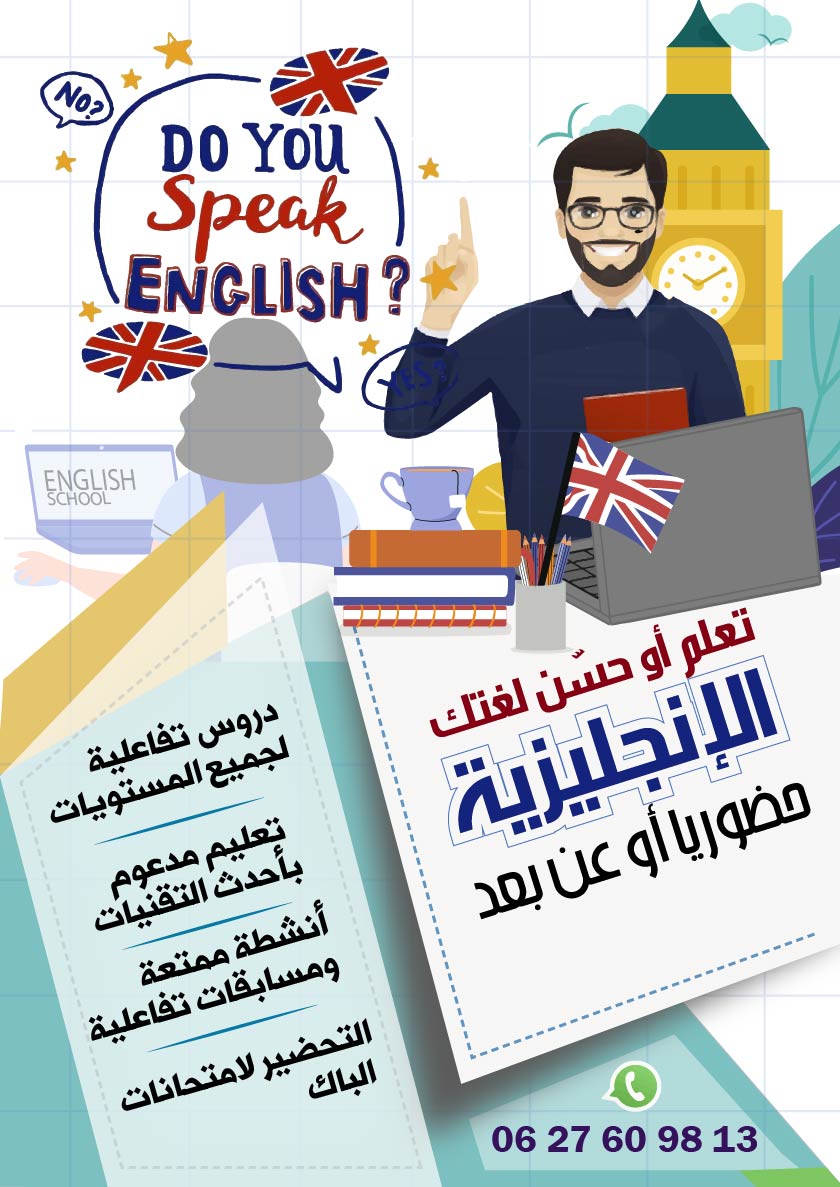Introduction
 Multiple Intelligences is a term which has first appeared in Howard Gardner’s multiple intelligences theory. The latter is considered an important contribution to cognitive science and constitutes a learner-based philosophy which is “an increasingly popular approach to characterizing the ways in which learners are unique and to developing instruction which responds to this uniqueness” (Richards & Rodgers, 2001, p123). Howard Gardner has questioned the behaviorist idea that intelligence is a single entity which results from a single factor. Furthermore, his theory has evolved in response to the need to reach a better understanding of how cognitive individual differences can be addressed and developed in the classroom.
Multiple Intelligences is a term which has first appeared in Howard Gardner’s multiple intelligences theory. The latter is considered an important contribution to cognitive science and constitutes a learner-based philosophy which is “an increasingly popular approach to characterizing the ways in which learners are unique and to developing instruction which responds to this uniqueness” (Richards & Rodgers, 2001, p123). Howard Gardner has questioned the behaviorist idea that intelligence is a single entity which results from a single factor. Furthermore, his theory has evolved in response to the need to reach a better understanding of how cognitive individual differences can be addressed and developed in the classroom.
In 1983, Gardner and his research associates identified seven intelligences which are namely, the mathematical-logical, the verbal-linguistic, the musical-rhythmic, the bodily-kinesthetic, the interpersonal, the intrapersonal and the visual-spatial. Starting from that time the possibilities of MIT improving academic results in different disciplines such as foreign language teaching have been discussed in many forums.
In fact, Gardner’s Multiple Intelligences theory is presented as a cognitive perspective on intelligence which has profound implications for education in general. More specifically, it has led to the application of these frames to language teaching and learning. Accordingly , this essay will attempt to discuss the relationship between Multiple Intelligences theory and language learning and teaching; moreover, it will investigate some of its implications and frames in language learning and teaching(Arnold and Fonceca,2004).
I. MULTIPLE INTELLIGENCES AND LANGUAGE LEARNING
In traditional learning contexts, learners were regarded and taught of as being the same; instead , one of the most significant advances in education in the last decades of the twentieth century is a growing shift towards learners’ personal affective characteristics and learning styles. Following this trend, Gardner’s research has shown that human cognitive ability is pluralistic rather than unitary and that learners of any subject will make greater progress if they have the opportunity to use their areas of strength to master the necessary material.
In this connection , MIT is considered as a framework that can help language teachers to give recognition to the holistic nature of learners and to address student diversity. It enables teachers to organize a variety of contexts that offer learners a variety of ways to engage meaning and strengthen memory. It is also said to be an effective tool for lesson planning that can increase the attractiveness of language learning tasks and therefore create favorable motivational conditions (Gardner, 2006; Arnold and Fonseca, 2004).
Multiple Intelligences theory proposes that human beings are multidimensional subjects that need to develop not only their more cognitive capacities but also other abilities as for example, the physical, artistic and spiritual. Traditionally, language learning has often been considered only a cognitive activity, but if we take brain science into account, this consideration is inaccurate and educationally and socially problematic. In reality the cognitive and affective sides are difficult to separate. Language expresses emotions, and emotions affect language.
Within the affective domain there are a number of emotional variables that, in combination, form an individual’s personality. In this sense, the main variables that have been found to affect language learning success are self-esteem, inhibition, risk taking, anxiety, empathy and motivation.(ibid).
MIT is a dynamic construct that understands intelligences as tools that are changeable and trainable. While traditional intelligence tests are based on the notion that the general faculty of intelligence is an inborn attribute that does not change over the time, the MIT asserts that there are skills universal to human beings that develop according to experience, age and training .Thus, Gardner’s model of multiple intelligences is a reaction against a conservative and totally biologically driven view which encourages students to see intelligence as fixed and which could therefore make putting out special effort to achieve academic goals seem not worthwhile.
This view states that people who are born more intelligent are much more likely to succeed at school or in any learning task than those who are born less intelligent. This often leads to the unjustifiable conclusion that anyone failing in school or having difficulty in learning is lacking intelligence. In conceptualizations such as Gardner’s MIT theory of intelligence, people are freed from the static view which limits intelligence into a single aspect (Smith, Mark K. 2002).
MIT Implications and frames in Language Teaching and learning
According to MIT theory , Language learning tasks can be developed around different types of intelligences. For instance, Accepting Gardner's Theory of Multiple Intelligences has several implications for teachers in terms of classroom instruction. The theory states that all seven intelligences are needed to productively function in society. Teachers, therefore, should think of all intelligences as equally important. This is in great contrast to traditional education systems which typically place a strong emphasis on the development and use of verbal and mathematical intelligences.
Thus, the Theory of Multiple Intelligences implies that educators should recognize and teach a broader range of talents and skills. Moreover, MIT is an excellent tool to enable teachers to plan attractive ways to provide learners with language learning practice. Within this cognitive model, “language is not seen as limited to a linguistic perspective but encompasses all aspects of communication” (Richards and Rodgers 2001: 117) giving students the opportunity to apprehend information in their preferred way (Arnold and Fonseca, 2004).
To Begin with, the verbal linguistic intelligence is the capacity to use words effectively both orally and in writing. It comprises a sensitivity to the sounds, meanings and functions of language. Second, the musical-rhythmic intelligence has to do with the ability to perceive and appreciate rhythm, pitch and melody. As a matter of fact the use of this intelligence in language learning can help students to concentrate and connect with their inner self, stimulate creative processes, eliminate distracting sounds from in or outside the classroom, and, above all, foster a relaxed but motivating and productive classroom atmosphere.
Third, the visual-spatial intelligence refers to the ability we have to perceive all the elements (form, shape, line, space, color) necessary to create a mental image of something. Mental images are present in thought and have a strong influence on reasoning, meaning making and students interest. Instances of frames related to this intelligence would be charts, pictures, drawings, slides, posters, and videos etc.
Fourth, the logical-mathematical intelligence, is the ability to use numbers effectively, manage long chains of reasoning and involves an awareness of logical and numerical patterns in order to solve problems. In the language classroom problem-solving tasks are useful as learners focus mainly on meaning, but through constant rereading of the text to solve the problem, they acquire a familiarity with the vocabulary and structures used (Armstrong, 2009; Arnold and Fonseca, 2004).
Moreover, Intelligence is called the bodily-kinesthetic frame. This intelligence refers to the ability to use the body to express oneself, to solve problems or form products using all or part of one’s body. The use of role-plays, drama, games, project work, shadow puppets, and many activities related to group dynamics directly address the bodily-kinesthetic intelligence in the language classroom.
On-verbal aspects of communication are also very relevant in language teaching. For example, gestures are movements of the body used to communicate an idea, intention or feeling. The interpersonal is another intelligence which is applicable within the process of language learning. It is the ability to understand the feelings, motivations and moods of other people and to work cooperatively and to communicate effectively with them.
Furthermore, the interpersonal intelligence is connected to the ability to harmonize with others, to understand their perspectives and opinions. In this sense, Social constructivism in education stresses the importance of interaction of the participants in language learning and this can be achieved by promoting the interpersonal intelligence via group work and pair work tasks in the classroom.
Concerning the last intelligence, which is the intrapersonal aptitude, is the ability to understand oneself, to assess one’s strengths, weaknesses and emotional states, and act effectively using this knowledge. Language learning tasks such as asking learners to reflect about their beliefs, attitudes, feelings and opinions about a given issue is an example of how to work on the intrapersonal intelligence in the language classroom (ibid).
Conclusion
As a theoretical construct the theory of Multiple Intelligences suggests an explanation for intelligence which embraces human diversity and emphasizes the importance of the cultural contexts within which intelligence operates. This theory has identified several intelligences and crystallized their roles in addition to the cognitive abilities characterizing every human being. Furthermore, these multiple intelligences are suggested to have beneficial implications in education especially in language learning and teaching. In this sense, each intelligence can be developed and used within a specific learning or teaching frame in order to enhance the learners’ input and output of language.
Armstrong, T. 2009. Multiple intelligences in the classroom. Alexandria: ASCD
Arnold, J. and C. Fonceca. 2004. Multiple Intelligence Theory and Foreign Language
Learning: A Brain-based Perspective. IJES, vol. 4, pp. 119-136
Gardner,H. 2006.Multiple Intelligences :New Horizons. Basic Books.
Richards, J. & T. Rodgers. 2001. Approaches and Methods in language Teaching.
Cambridge: Cambridge University Press.
Smith, Mark ,K. 2002, 2008.'Howard Gardner and multiple intelligences', the
encyclopedia of informal education,
http://infed.org/mobi/howard-gardner-multiple-intelligences-and-education/. Retrieved on 28/12/2011.



































